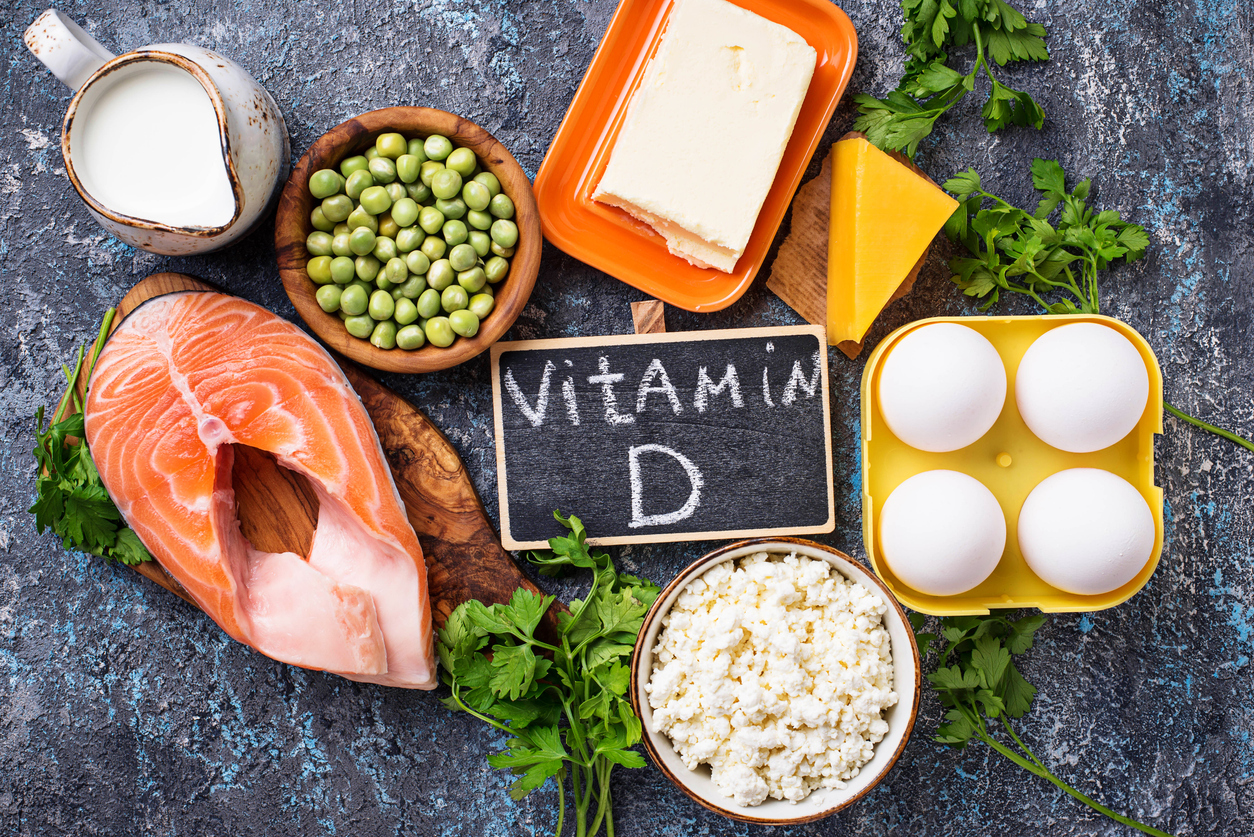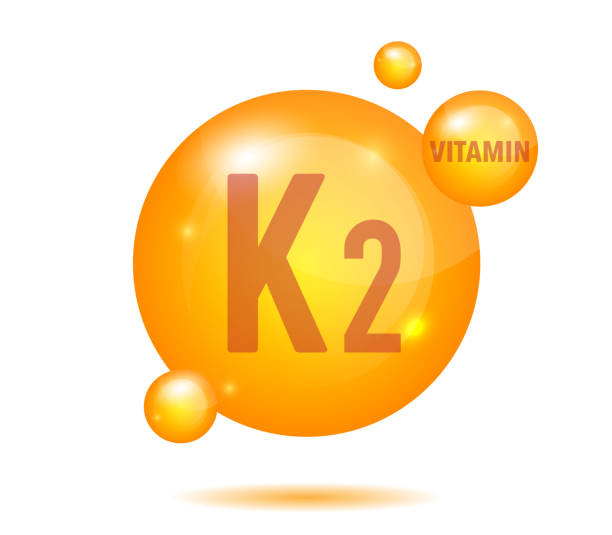Are you ready to bask in the sunshine of good health? Look no further than your plate! In this article, we will unveil the 7 foods with vitamin D that can provide you a healthy glow from the inside out. Whether you’re a sun worshipper or prefer to stay in the shade, getting enough vitamin D is essential for strong bones, a good immune system, and overall well-being.
So, let’s dive into a wide array of delicious options, from fatty fish like salmon and mackerel to dairy products like milk and yogurt. We’ll also explore plant-based alternatives like mushrooms and fortified foods that can boost your vitamin D intake. Get ready to brighten your day with a plate full of sunshine and embrace a healthier, glowing you
Why are foods with Vitamin D important for our health?
Vitamin D, often referred to as the “sunshine vitamin,” plays a crucial role in maintaining our overall health. It is essential for the absorption of calcium, which is necessary for strong bones and teeth. Additionally, vitamin D-rich foods support a robust immune system, reduce inflammation, and promote cardiovascular health. Research has also proven that adequate levels of vitamin D can reduce the risk of certain cancers, diabetes, cardiovascular diseases, hormonal imbalances, and autoimmune diseases. Interestingly, its deficiency is the root cause of many diseases. Hence, taking adequate quantity is crucial.
Here are seven foods with vitamin D that you can include in your diet:
1. Fatty Fish: Fish like salmon, mackerel, and sardines are excellent sources of vitamin D. They not only provide you with this essential nutrient but also offer heart-healthy omega-3 fatty acids.
2. Egg Yolks: Egg yolks contain vitamin D, making them a nutritious choice to boost your intake. In addition to cow’s milk, there are also plant-based milk alternatives that are fortified with vitamin D. Soy milk, almond milk, and oat milk are popular choices among those who follow a vegan or lactose-free diet. These alternatives offer a creamy texture and a nice nutty flavor, making them versatile options for both drinking and cooking.
3. Cheese: Some types of cheese, like Swiss and cheddar, contain small amounts of vitamin D. Incorporating cheese into your meals can be a tasty way to increase your intake.
4. Fortified Milk: Many brands fortify their milk and foods with vitamin D. Check the labels and choose milk that specifically states it is fortified with this nutrient to ensure you’re getting an extra dose.
5. Mushrooms: Certain mushrooms, such as shiitake and maitake, can naturally produce vitamin D when exposed to sunlight. Including these mushrooms in your diet can be a great way to boost your intake, especially if you follow a plant-based diet.
6. Fortified Cereals: Similar to milk, some cereals are fortified with vitamin D. Look for whole-grain options that provide added nutrients like this essential vitamin.
7. Cod Liver Oil: Although not a food per se, cod liver oil is a potent source of vitamin D. Taking a small spoonful of cod liver oil daily can help meet your vitamin D needs.
The recommended daily allowance (RDA) for vitamin D has undergone revisions over time based on the latest scientific research and expert consensus. The dosage recommendations for vitamin D are established by health organizations and authorities worldwide, such as the Institute of Medicine (IOM) in the United States. If you have concerns about your vitamin D levels, it’s best to consult with a healthcare professional who can provide personalized advice based on your specific needs.
Here are some everyday animal products and the amount of vitamin D they contain (NIH, n.d.):
- Cod liver oil, 1 tablespoon: 1,360 IU
- Salmon (sockeye), cooked, 3 ounces: 570 IU
- Trout (rainbow), farmed, cooked, 3 ounces: 645 IU
- Mushrooms, white, raw, sliced, exposed to UV light, ½ cup: 366 IU
- Egg, 1 large, with yolk: 44 IU
- Liver, beef, braised, 3 ounces: 42 IU
- Tuna fish (light), canned in water, drained, 3 ounces: 40 IU
- Sardines (Atlantic), canned in oil, drained, 2 sardines: 46 IU
- Cheese, cheddar, 1 ounce: 12 IU
- Ready-to-eat cereal, fortified with 10% of the DV for vitamin D, 1 serving: 8 IU
Check the nutrition label to see the exact amount of vitamin D a food product contains. The label will tell you how much of your daily vitamin D value is met by each serving. One helpful conversion tip to keep in mind is that 1 mcg equals 40 IU of vitamin D (NIH, n.d.).
Can I take 5000 IU of vitamin D3 daily?




